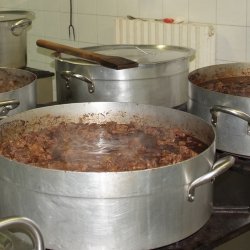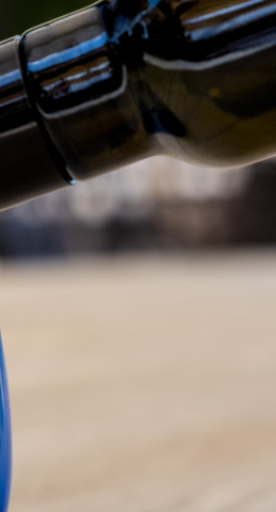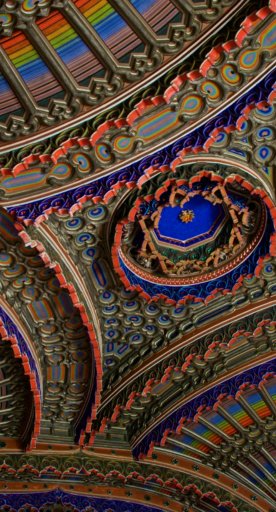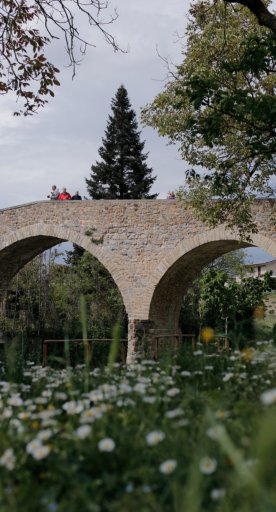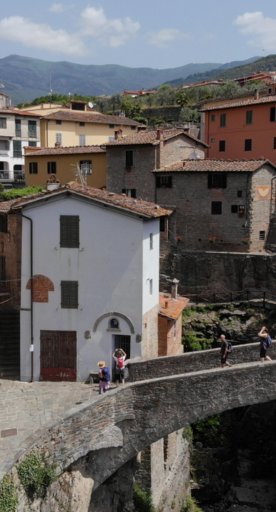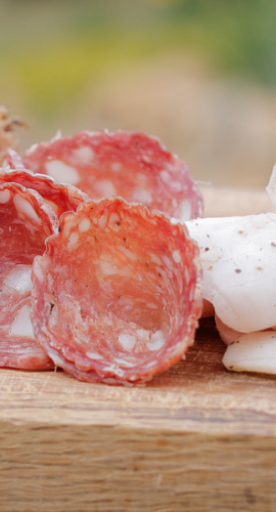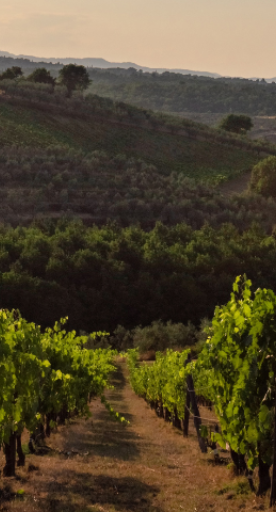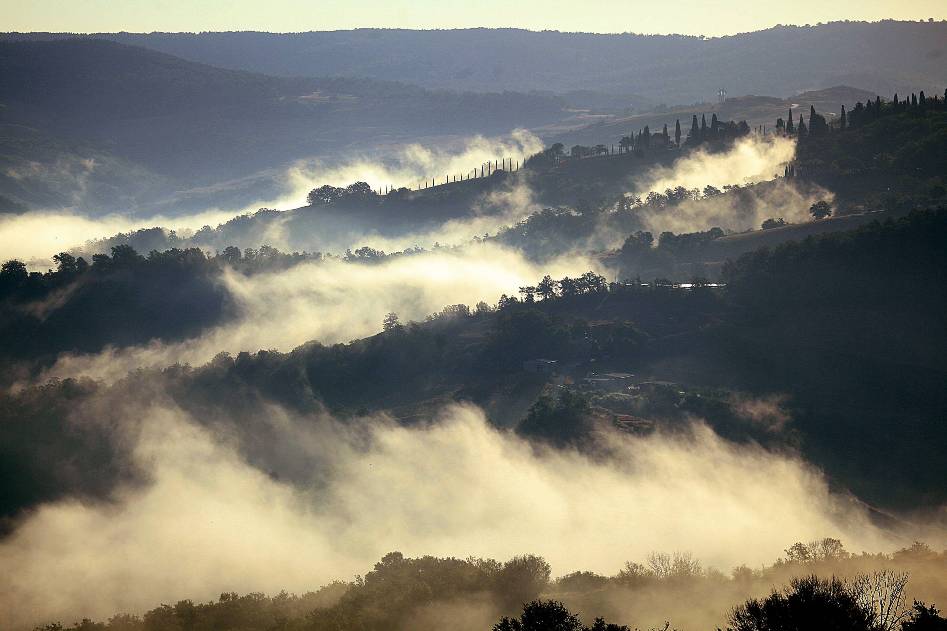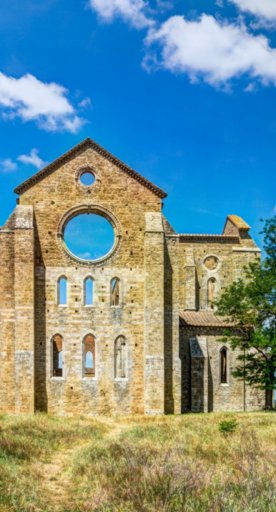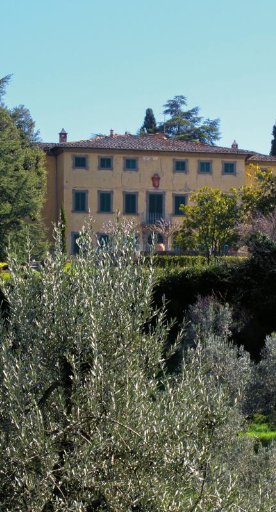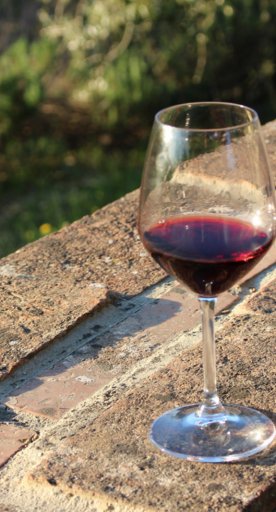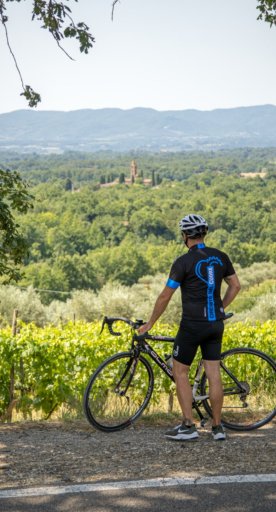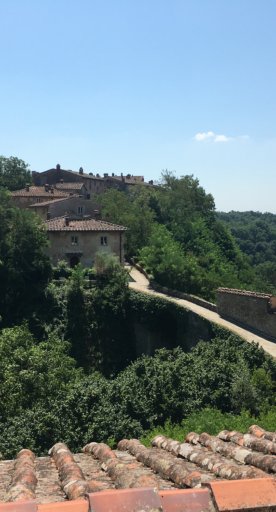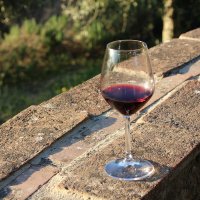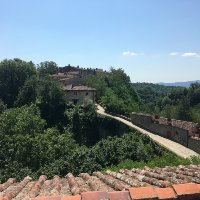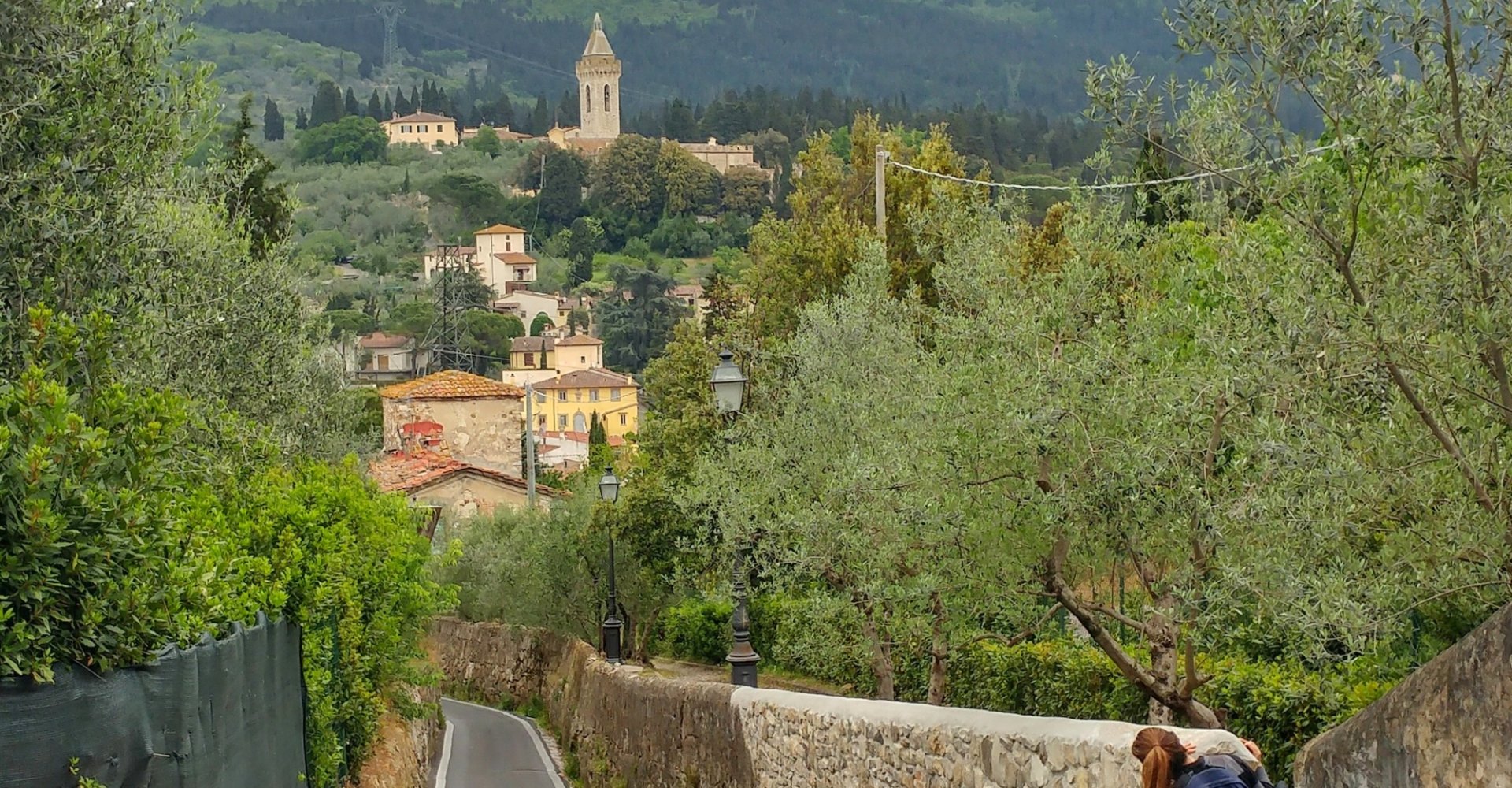
Calenzano curiosities: Tuscan tradition with some avant-garde twists
From the medieval to the millennial
Calenzano is home to hilly, lush landscapes; vestiges of medieval times at every turn; and respite from the Renaissance city rush in nearby Florence. With descriptors like these, it’d be easy to mislabel this mid-size town as “sleepy”. On the contrary, Calenzano has a vibrant contemporary life, but simply maintains a calm that’s sometimes missing from frazzled, faster-paced cities.
-
1.Calenzano from on high
-
2.Porcelain premises
-
3.Innovation and industry
Calenzano from on high
Before diving in to contemporary Calenzano “down below,” it’s best to get acquainted with the town from its medieval heart. Calenzano Alto, above the main town center, is home to a castle and fortified village, stringently clinging to its original aesthetic well through the weathering of the years. Not a single structure but a walled village, the Castello di Calenzano was long associated with the Conti, a family of medieval aristocrats, and is a quintessential example of area defensive structures. The city of Florence gained possession of it at the beginning of the 13th century, ushering it in to its glory days between the end of the 1200s and the beginning of the 1300s. Contemporary visitors can travel back in time, organizing guided tours of the village through the Historical Figurine Museum, which showcases military miniatures and explores area archaeology and history: it’s well worth a visit in its own right.
Porcelain premises
To move into a more modern Calenzano—and deepen your understanding of one of the area’s major artisan traditions—look no further than what’s alternately referred to as the “Villa di Collina” or the “Villa Ginori”. Several illustrious Italians are said to have passed through this place, including the poet Francesco Redi, who was particularly fond of the wine produced by the villa, making reference to it in a work he dedicated to Bacchus, the god of revelry. Baccio Bandinelli, a contemporary of Michelangelo, was called in to carry out some finishing touches on the villa’s defensive elements by then-owners the Salviati family.
But of particular interest to today’s visitors is the structure’s ties to the Ginori family—the famous porcelain manufacturers whose business is still active today in nearby Sesto Fiorentino. In 1843, for 1200 florins, Marianna di Lorenzo Ginori Lisci purchased the villa: the family had just recently founded the ceramic manufacture and believed there to be an ample supply of raw materials in the woods surrounding the villa. Today, the venue has a largely agricultural vocation, but any visit will be enriched by knowing this background.
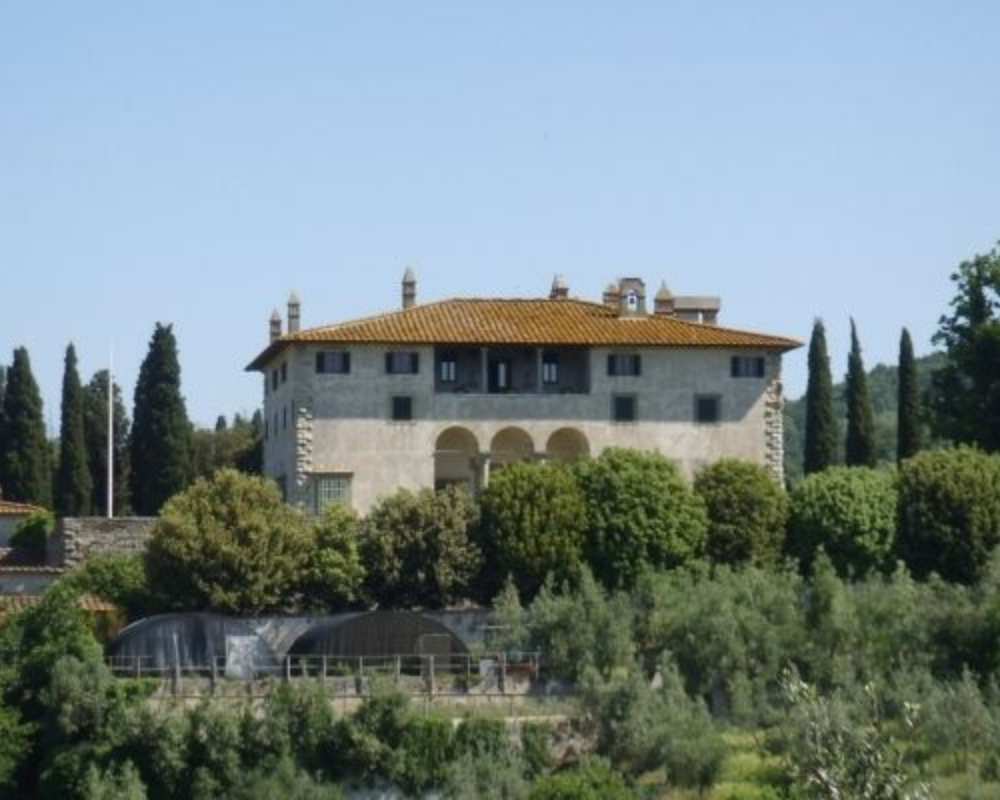
Innovation and industry
For a more millennial take on Calenzano, turn to the building known as the Teatro Manzoni, but popularly referred to as the Teatro delle Donne after a related cultural association. The 19th century structure has, since the beginning of the 1990s, focused on productions by and featuring women.
Continuing down a more contemporary path, stop by the Museum of Industrial Design, managed by the Fondazione Anna Querci. Highlighting excellence in Italian design from the 1960s forward, the museum’s eclectic permanent
collection spans couches to coffee machines, typewriters to technical gadgets, and even boasts items designed by big names including Renzo Piano.

